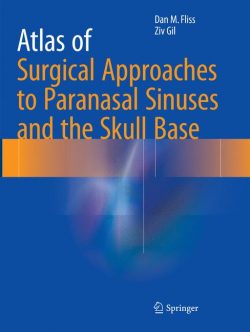This atlas illustrates the range of breast lesions with detailed correlation of gross and microscopic features. Where relevant, radiological images are incorporated. A description of normal, developmental and physiological breast morphology will serve as introduction to the main content of this atlas. Classification of tumors is based on the latest World Health Organization Classification of Tumors of the Breast, 4th edition, 2012. As immunohistochemistry is a key adjunctive tool in the workup of breast lesions as well as used in prognostic evaluation of breast cancers, appropriate examples are interspersed among the lesions where pertinent. Normal Breast and Physiological Changes.- Developmental, Reactive, and Inflammatory Conditions.- Fibroepithelial Lesions.- Papillary Lesions.- Benign Sclerosing Lesions.- Mucinous Lesions.- Apocrine Lesions.- Vascular Lesions.- Intraductal Proliferative Lesions.- Lobular Lesions (Lobular Neoplasia, Invasive Lobular Carcinoma).- Spindle Cell Lesions.- Invasive Carcinoma.- Nipple Lesions.- Male Breast Lesions.- Treatment-Related Changes.
This atlas illustrates the range of breast lesions and their differential diagnoses, with pictorial correlation of gross and microscopic features. Where relevant, radiological images are incorporated. A description of normal, developmental and physiological breast morphology will serves as introduction to the main content of this atlas. Classification of tumors is based on the latest World Health Organisation Classification of Tumors of the Breast, 4th edition, 2012. As immunohistochemistry is a key adjunctive platform in the workup of breast lesions as well as used in prognostic evaluation of breast cancers, appropriate examples are interspersed. Molecular tools used in corroborating diagnoses and a discussion of therapy related changes are included. Authored by nationally and internationally recognized pathologists





